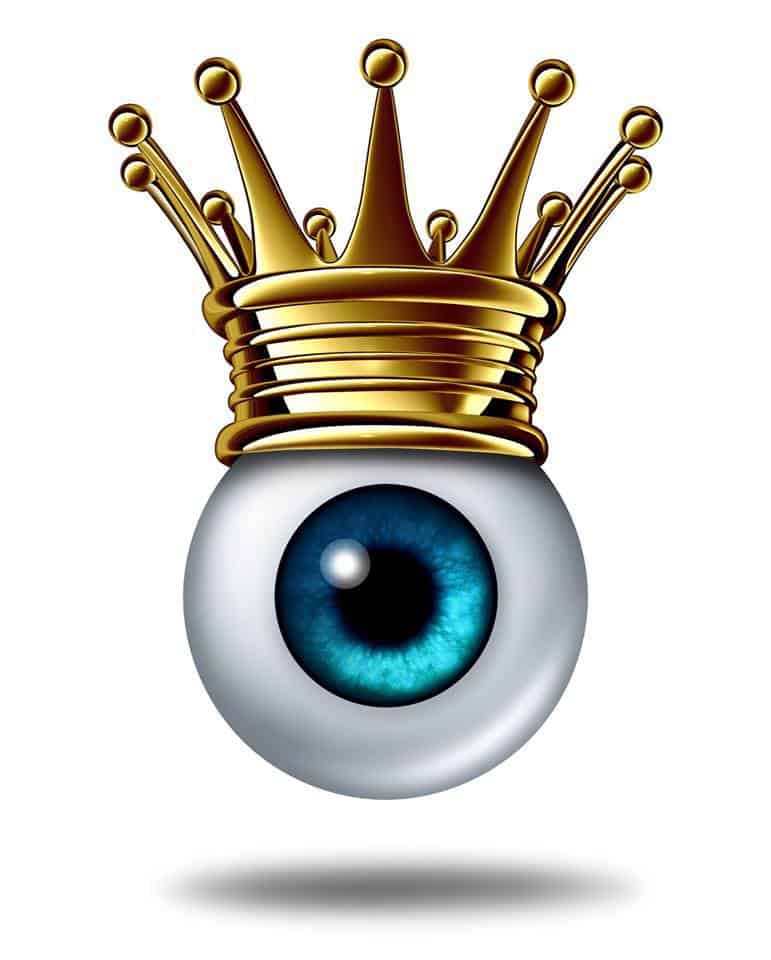What is Amblyopia?
Amblyopia also known as lazy eye, is an eye disorder which is said to affect 1 to 5 percent of the population. It leads to poor vision in an eye that is physically normal.
This problem occurs in early childhood due to poor transmission of visual images to the brain over a prolonged period.
How is it caused?
Usually, amblyopia affects only one eye, but if both eyes are blocked from seeing clearly, it can affect both eyes. If detected very early in childhood, the chances of successful treatment are enhanced. Lazy eye is a developmental brain problem rather than an organic disorder of the eye.
The part of the brain communicating with the visual system lacks proper stimulation. Thus, the lazy or amblyopic eye develops. Many people affected by amblyopia don’t realize that they have this condition until they’re tested for it because their normal other eye has good vision and compensates for it. Especially for people with only minor amblyopia.
Severe amblyopia results in low contrast sensitivity. These problems are associated with the eye that is lazy; the normal eye remains unaffected by this. Amblyopic eyes also have binocular ( seeing simultaneously with both eyes) vision problems such as low stereopsis ( perception of depth and 3-dimensional structure )
Sight deprivation in early life, varying degrees of farsightedness and nearsightedness in each eye and crossed eyes (strabismus) can lead to the development of amblyopia or lazy eye.
How is Amblyopia treated?
Amblyopia caused by strabismus, far- and near-sightedness needs to be treated early. In the past, it was thought that after the age of six there was nothing one could do. New research reveals that with aggressive treatment even after the age of six one can achieve some visual benefits by forcing the use of the lazy eye, either using an eye patch on the good eye or by blurring the normal eye with eyedrops.
According to a new study published by JAMA Ophthalmology, “Using an eye patch is a common way of treating kids who have a “lazy eye,” but a special iPad game holds promise as a treatment, too. New research suggests it may be even better.
The game required the kids to wear special glasses with red and green lenses, similar to 3D glasses, that separate game elements seen by each eye, For example, the stronger, healthy eye could see reduced-contrast elements, the amblyopic eye could see high-contrast elements and both eyes could pick up high-contrast background images. The weaker eye is forced to work harder to keep up.
Krista Kelly, a postdoctoral fellow with the Crystal Charity Ball Pediatric Vision Evaluation Center at the Retina Foundation of the Southwest, in Dallas is the study author.
The preliminary studies so far show promise but are only short term. We want to try adding new games, and we want them to play it more than four weeks,” she said. They are even looking beyond iPad games, to options like movies.
More research is needed, though, Kelly said. See also vision problems at school
- 10 SIGNS YOU NEED AN EYE EXAM - May 20, 2018
- WORLD GLAUCOMA WEEK - March 11, 2018
- The Importance OfEye Exams - February 5, 2018

Recent Comments